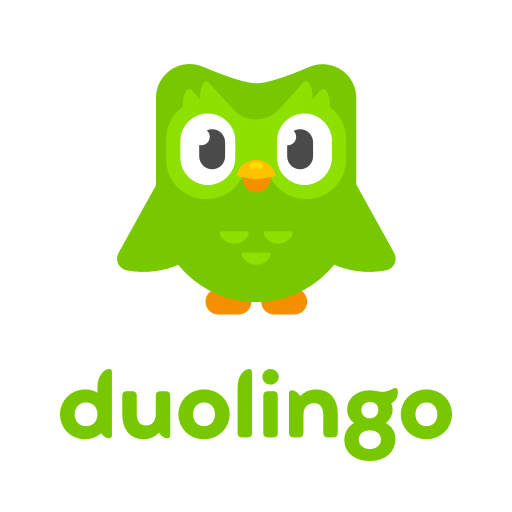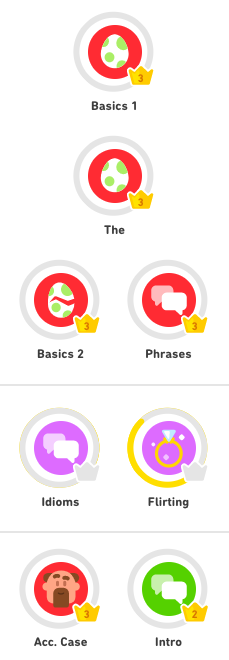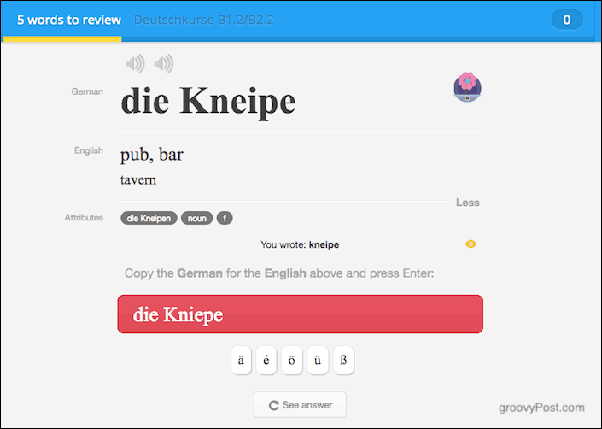I speak 5 languages : A mix of Hindi and Urdu (Native), English (C1-C2), German (B2) and French (A2). I learnt English at school but acquired German and French quiet recently. I used free online resources to learn them and subsequently practised them with native speakers as part of language exchange activities.
The most important ingredients to learn anything are Consistency, Diligence, Smart work and Motivation. This is what I strongly feel is required to learn a language. A lot of my friends started off with learning a language and QUIT - They lost interest. This post covers the 'What' and 'How', while the 'Why' was addressed in one of my earlier posts:
How Learning A Foreign Language Can Boost Your MBA Career
The Natural Approach coupled with Smart Work
A lot of language enthusiasts will point out learning a new language quickly should imitate the way a child does it. Though theoretically true, it isn’t always possible and the process can be expedited with abilities grown-ups possess.
Let me break down the steps involved in learning a new language.
The time required to learn a Language
One could have their own reasons to learn a language. I use the difficulty ranking report by the Foreign Service Institute to judge the time required to learn the language. It provides the number of hours required for an English speaker to learn another language.

The Natural Approach
It is a method of language teaching developed by Stephen Krashen and Tracy Terrell in the late 1970s and early 1980s. It basically requires you to take loads of comprehensible input to speak eventually.
Duolingo - Building Basics

To be able to comprehend input, I started off with Duolingo.com, the most popular language-learning tool.
This is what my German Duolingo dashboard looks like:

You are to complete bite-sized lessons which usually take a minute or two. It starts from the very basic stuff and moves on to intermediate levels. Images and sound playback really helped me grasp pronunciation and acquire vocabulary faster.
Once having completed a few lessons at Duolingo, I moved to consolidate already learned vocabulary and acquiring new words using spaced repetition flashcard tools.
Flashcards - Acquiring Vocabulary
Anki and Memrise are the two popular options. Both of them are good in their own right and it eventually boils down to personal preferences.
Memrise basically has different question formats coupled up with mnemonics which facilitated faster learning.

An Intermediate German flashcard course at Memrise.
Having learned enough basic vocabulary and commonly used words, one will be able to understand simple phrases and conversations. Time to dive into watching videos and using Quora in your target language.
Quora
It is currently available in 17 languages:
- English
- Spanish
- French
- Italian
- German
- Japanese
- Indonesian
- Hindi
- Portuguese
- Dutch
- Danish
- Finnish
- Norwegian
- Swedish
- Marathi
- Bengali
- Tamil
To browse Quora in your target language, you can choose it in the account settings section. I use Quora in the following four languages: English, Hindi, German and French. It is really helpful as you are exposed to loads of content from natives.
Youtube and Netflix
Do not go around searching for popular Youtubers in your target language until you have built a strong foundation in the language. Start off with channels targeting Kids or Language learners. Easy Languages have specific channels in several languages which are really helpful.
They perform street interviews with native speakers and add dual subtitles to their videos. You can start off watching them at slow speed initially (0.75x or so) and move on to normal speed once you start grabbing stuff.

Screenshot from a typical Easy German video
To find movies and documentaries in your target language at Netflix, you can use this catalog: Language Learning with Netflix. I used their Chrome plugin (Language Learning with Netflix) which turned out to be a gold mine.
It adds a footer with dual subtitles on Netflix and there is also an option to automatically pause the video after each speech segment, allowing you time to read it.

Readlang Web Reader is another useful Chrome extension. It automatically translates some common English words on any web page to words in your target language. You can hover over the text segment to see the original word. It helps you get immersed in the language.

Language Partner - Practise
Once you have acquired the basics and can use simple phrases, the next task is finding a language exchange partner. Someone who is interested in learning your native language and would teach you theirs in return. There are several portals to find such people and I have had the most success with iTalki - Learn a language online.
I sent 100s of these messages to find someone who was seriously interested in exchanging languages.

Language learning is certainly not ‘easy peasy lemon squeezy’. I found partners to practice both French and German. I would exchange English with them and practice consistently. This helped me become conversational and speak naturally without having to consciously build phrases during a conversation.
We used to role play or talk about general topics. Skype was the primary mode of communication though we used Emails as well to improvise upon writing skills.
Discord - Language learning servers
An amazing compilation of discord language learning servers is available at Reddit (r/languagelearning - Discord Language Learning Servers Masterlist). You can join one in your target language and start interacting with both natives and fellow language learners.
I also used other tools for faster language learning, but some of them were language-specific. I have made the best efforts to jot down all the resources I used.
All the very best with your language learning journey. Feel free to reach out to me through LinkedIn or any other platform you wish to if you have any doubts!
***
Further Reading:
The Natural Approach to language teaching
How Long Does It Take To Learn A Language?
Five Best Language Learning Tools
Front Page - Fluent in 3 months - Language Hacking and Travel Tips
